In today’s fast-paced world, minimizing clothing can offer a sense of relief and simplicity that enhances both lifestyle and wardrobe. By thoughtfully curating garments, you can reduce clutter, streamline outfit choices, and focus on quality over quantity. This guide is designed to help you with how to minimize clothing.
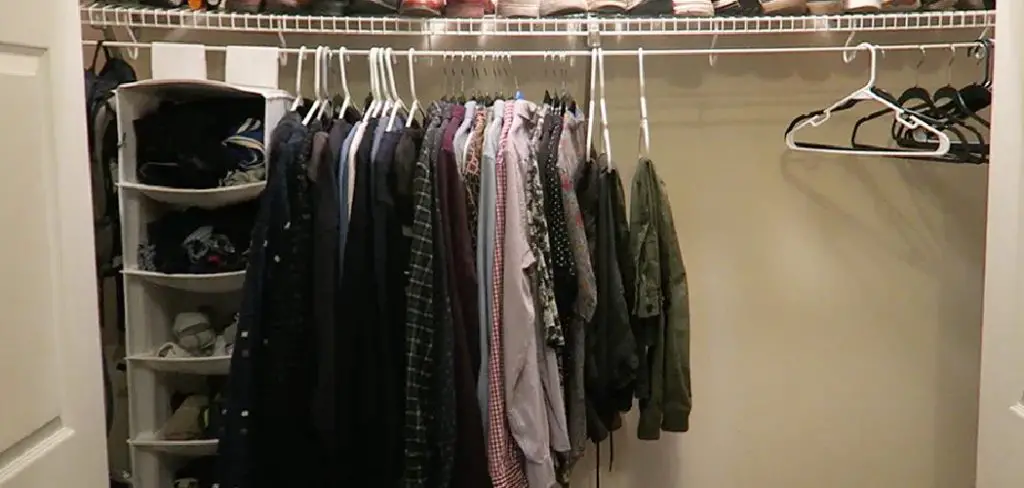
This approach not only aligns with sustainable fashion practices, reducing waste and environmental impact, but also promotes a more intentional and organized living space. Whether motivated by a desire for minimalism or environmental consciousness, learning how to minimize your clothing collection can be a liberating process that brings clarity and ease to your daily routine.
Importance of Minimizing Clothing
Minimizing clothing is significant for several reasons, making it an important consideration in modern lifestyles. Firstly, it encourages sustainable fashion practices, crucial for reducing the environmental impact of the fast fashion industry. By prioritizing quality over quantity, we can decrease textile waste and reduce the demand for new resources. Secondly, a minimized wardrobe fosters clearer decision-making and less clutter, leading to a more organized and peaceful living space.
This streamlined approach can simplify daily routines, save time, and reduce stress when choosing outfits. Moreover, minimizing clothing can also lead to financial savings by reducing unnecessary purchases. Ultimately, it invites a shift in mindset that values intentionality and thoughtfulness not just in clothing choices but as a holistic approach to life.
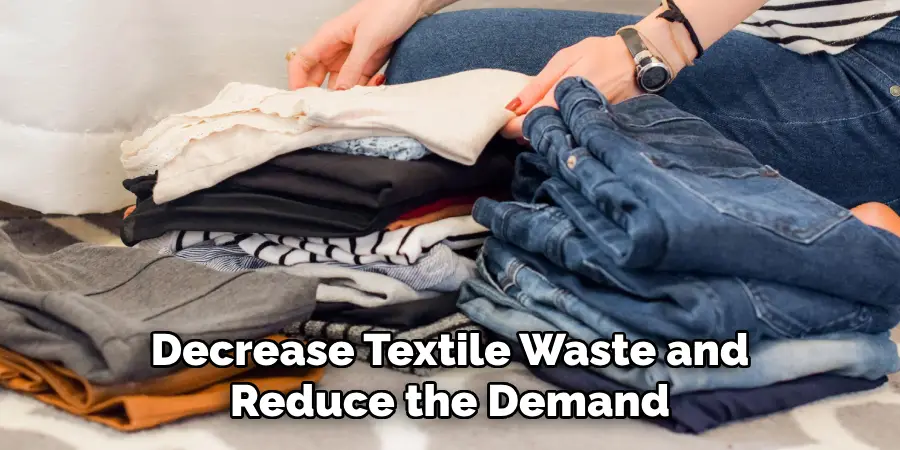
Assessing Your Current Wardrobe
The first step in minimizing your wardrobe is conducting a thorough assessment of your current clothing collection. Begin by taking every item out of your closet and sorting them into categories such as tops, bottoms, outerwear, and accessories. This process helps you gain a clear understanding of what you own and identify patterns, like frequently worn pieces or those still bearing price tags.
Then, evaluate each item based on its condition, fit, and how often it gets worn. Consider whether each piece suits your current lifestyle and personal style. Be honest with yourself about whether you genuinely enjoy wearing it or if it’s merely occupying space. This thoughtful evaluation will lay the groundwork for curating a wardrobe that is practical, versatile, and truly reflective of your personal taste.
Understanding Wardrobe Essentials
After assessing your current wardrobe, the next crucial step in minimizing clothing is understanding what constitutes wardrobe essentials. Wardrobe essentials are versatile, timeless pieces that serve as the foundation of your closet. These items should be adaptable, pairing well with various outfits and suitable for different occasions. Common examples of wardrobe essentials include a well-fitted pair of jeans, a classic white shirt, a little black dress, a blazer, and comfortable shoes.
Focus on quality and fit, prioritizing pieces that you find comfortable and confident wearing. Additionally, consider your lifestyle and climate when determining your essentials, as these factors will influence the practicality and frequency of use. By honing in on wardrobe essentials, you create a collection that is both functional and effortlessly stylish, making it easier to mix and match items and reducing the impulse to purchase unnecessary clothing.
10 Methods How to Minimize Clothing
In a world of fast fashion and constant new trends, the idea of a minimalist wardrobe seems not only refreshing but also necessary. For eco-conscious consumers and fashion enthusiasts, creating a streamlined closet not only benefits the environment but also enhances personal style and simplifies daily choices. This listicle explores ten effective strategies to minimize your clothing while maximizing your wardrobe’s versatility and impact.
1. Conduct a Closet Audit
The first step in minimizing your wardrobe is understanding what you already own. Take everything out and sort it into categories. Ask yourself if each piece fits well, if you wear it often, and if it suits your current style. Donate or recycle items that don’t make the cut. According to a study by WRAP, extending the life of clothing by just nine months can reduce carbon, water, and waste footprints by around 20-30%.
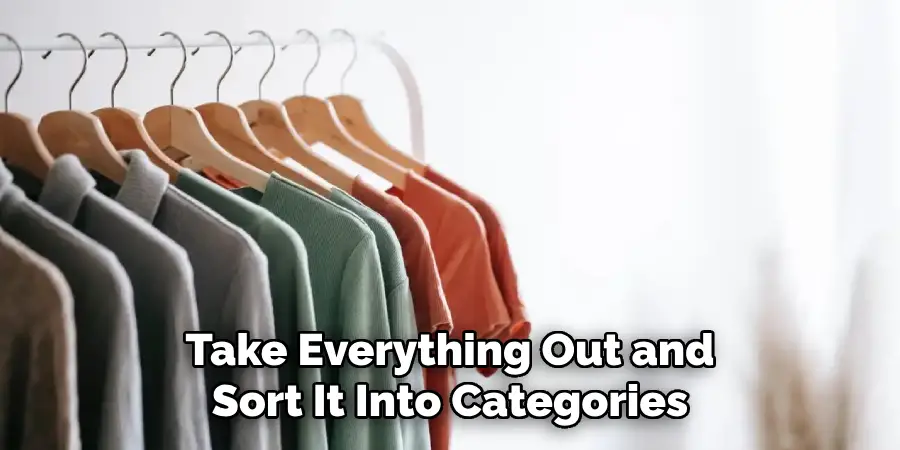
2. Define Your Personal Style
Understanding your style will help you make more purposeful clothing choices. Spend some time identifying the colors, patterns, and silhouettes that you gravitate towards. Having a consistent style blueprint allows you to invest in pieces that complement each other, preventing impulse purchases that clutter your wardrobe.
3. Adopt the One-In-One-Out Rule
For every new item you buy, remove one from your closet. This rule helps maintain balance and ensures you are only adding value to your wardrobe. It’s a simple yet effective way to minimize without feeling deprived.
4. Invest in Quality Over Quantity
Opt for high-quality pieces that withstand the test of time over trend-driven fast fashion. Durable materials and classic designs ensure longevity, reducing the need for frequent replacements. This approach not only supports sustainability but also elevates your wardrobe.
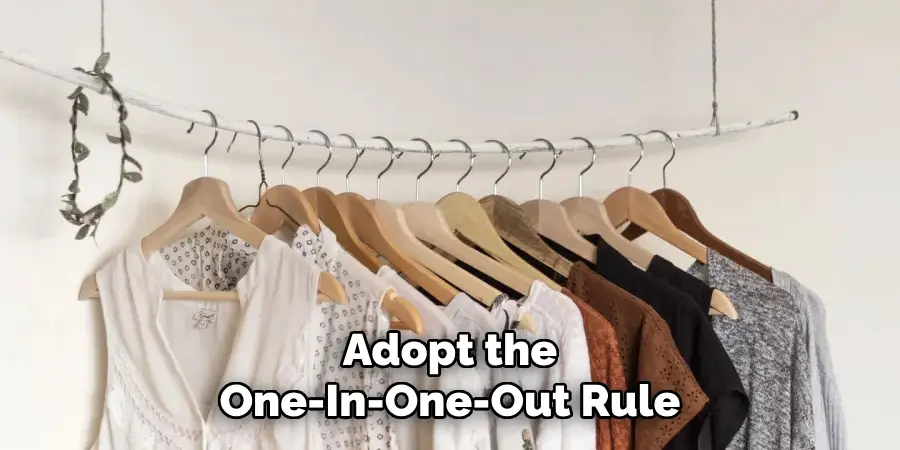
5. Build a Capsule Wardrobe
A capsule wardrobe consists of versatile, interchangeable pieces that work well together. Focus on neutral colors and timeless designs that can be dressed up or down. Not only does this minimize clutter, but it also simplifies the decision-making process each morning.
6. Learn to Mix and Match
Maximize the potential of your existing wardrobe by mixing and matching outfits. Experiment with layering, accessorizing, and combining different textures to create fresh looks without purchasing new items. This creative exercise can transform how you see your current clothes.
7. Rent or Borrow for Special Occasions
Instead of buying a new outfit for every event, consider renting or borrowing clothing. Platforms like Rent the Runway offer designer pieces for a fraction of the cost, reducing waste associated with single-use purchases and keeping your closet manageable.
8. Host a Clothing Swap
Gather friends or community members for a clothing swap event. This fun and eco-friendly activity allows you to refresh your wardrobe without spending money. It’s a great way to connect with others who share your values and discover new-to-you pieces.
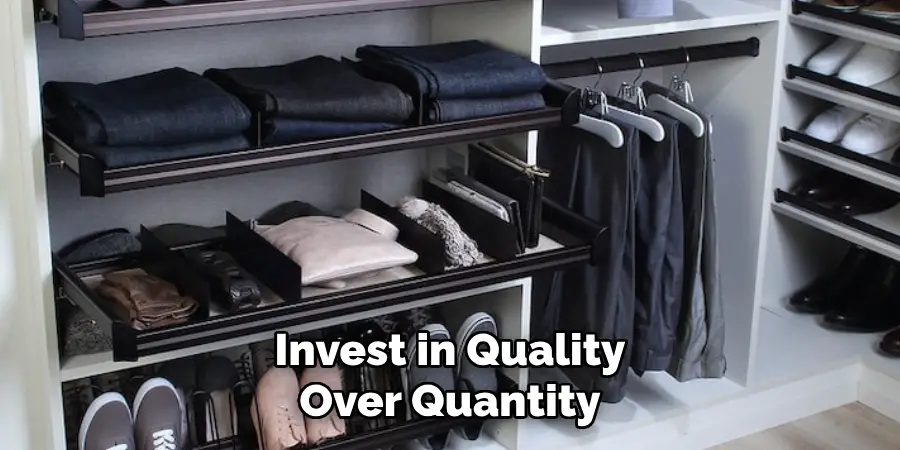
9. Upcycle and Repurpose
Before discarding old clothes, think creatively about how they can be repurposed. Turn worn-out jeans into shorts or a dress into a skirt. Upcycling not only gives garments a new life but also fosters creativity and reduces waste.
10. Be Mindful of Future Purchases
Lastly, adopt a more mindful approach to shopping. Ask yourself if you genuinely need the item, if it aligns with your style, and how often you will wear it. Conscious buying decisions help prevent clutter and ensure your wardrobe remains intentional.
Maintenance and Upkeep
Maintaining a minimalist wardrobe requires regular attention and care, ensuring that every piece continues to serve its purpose effectively. Start by routinely inspecting your clothing for signs of wear and tear, addressing small repairs like loose buttons or minor seam splits promptly to prolong the life of each garment. Consistent laundering practices are essential; follow care labels meticulously to preserve fabric integrity and color vibrancy.
Consider seasonal wardrobe evaluations to assess the functionality of each piece, making necessary adjustments based on lifestyle changes or fashion preferences. Implement a rotation system where frequently worn items are occasionally swapped with less-used ones, distributing wear evenly across your wardrobe. By dedicating time to these maintenance practices, you uphold the quality and longevity of your garments, sustaining a versatile and streamlined collection that continues to complement your daily life.
Tips for Achieving the Best Minimalist Wardrobe
- Set Clear Goals: Define what a successful minimalist wardrobe looks like for you. This could include a specific number of items, a focus on certain colors or styles, or a commitment to sustainable fashion choices.
- Prioritize Versatility: Choose pieces that serve multiple functions. Aim for clothing that can transition smoothly from day to night or work to casual settings with ease.
- Understand Fabric Quality: Learn about different materials and their durability. Opt for natural, long-lasting fabrics like wool, cotton, or linen, which tend to age gracefully and sustain wear well.
- Limit Seasonal Additions: While it’s tempting to refresh your wardrobe with each season’s trends, remain critical and selective. Stick to adding only those that enhance your existing collection and promise long-term wearability.
- Focus on Fit: Ensure all your clothing fits well and comfortably. A well-fitted piece can elevate your look and confidence, while ill-fitting garments often go unworn.
- Embrace Personal Flourishes: Integrate accessories that reflect your personality. Scarves, hats, or unique jewelry add distinctive flair without crowding your wardrobe.
- Shop Intentionally: Keep a running list of necessary items and stick to it. Avoid impulse buys by revisiting your list regularly and focusing on fulfilling genuine wardrobe needs.
Conclusion
Embracing a minimalist wardrobe is not just about reducing the number of items you own but is a transformative journey towards clarity and simplicity in your personal style. By following the steps outlined, from setting clear wardrobe goals to adopting mindful purchasing habits, you cultivate a more intentional and meaningful relationship with your clothing. This approach not only enhances your day-to-day dressing experience with ease and confidence but also aligns with sustainable practices that benefit the broader community and environment. Thanks for reading, and we hope this has given you some inspiration on how to minimize clothing!
About
Angela is the chief editor of Indoorense. She began her career as an interior designer before applying her strategic and creative passion to lifestyle and home.
She has close to 15 years of experience in creative writing and online content strategy for housekeeping and cleaning,home decorations as well as other efforts.
She loves her job and has the privilege of working with an extraordinary team. She lives with her husband, two sons, and daughter in Petersburg. When she’s not busy working she spent time with her family.

